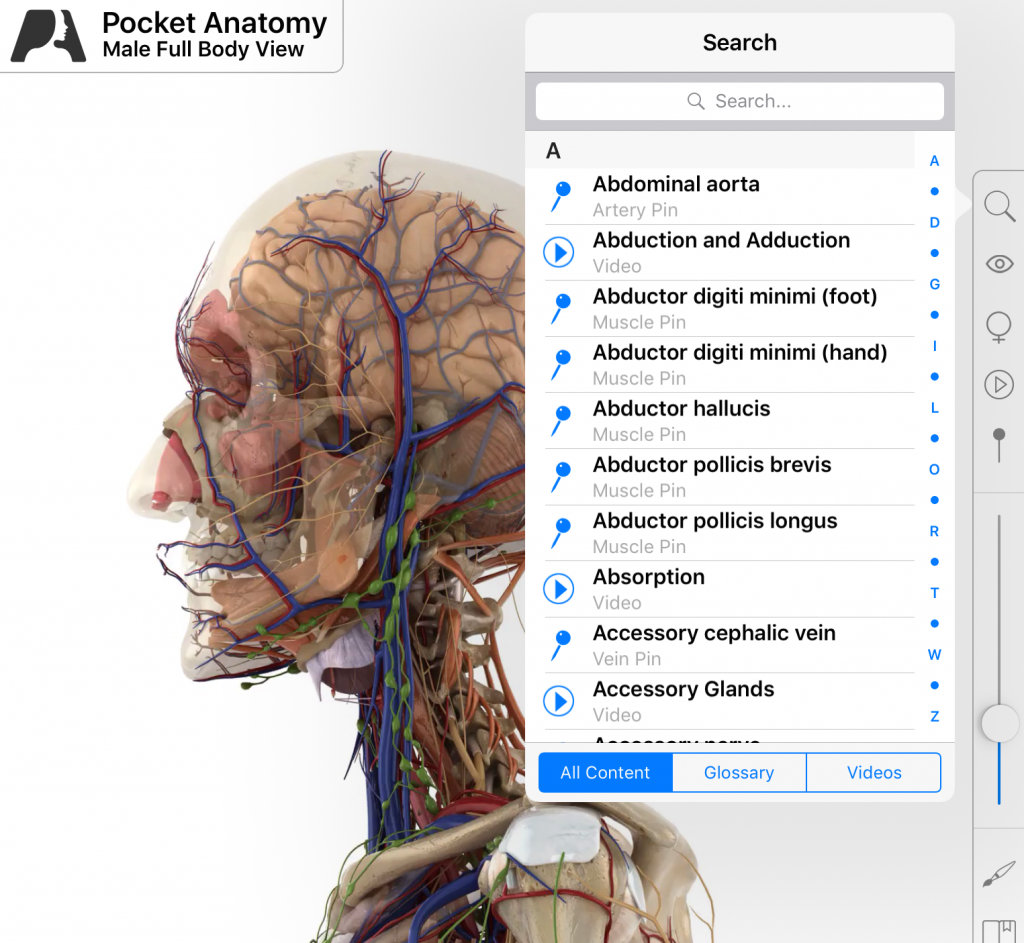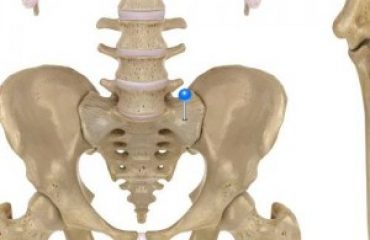Last month we started to see how medical terminology, no matter how complex it looks like, can be decoded by becoming more familiar with words roots deriving from -mostly – Greek and Latin. So far we focused only on parts of the human body.
This month, we will look at more general concepts, like diseases and medical conditions, colors, position, all concepts related to size and quantity, general aspects.
| Color | Greek root | Latin root | Example |
|---|---|---|---|
| black | melano- | - | melanocyte |
| blue | cyano- | - | cyanosis |
| gray | polio- | - | poliomyelitis |
| green | chlor(o)- | - | chlorephidrosis |
| purple | porphyr(o)- | purpur-, purpureo- | Porphyroblast/uropurpurin |
| red | erythr(o)-, rhod(o)- | rub-, rubr- | erythrocyte/rhodopsin rubella |
| red-yellow | cirrh(o)- | - | cirrhosis |
| white | leuc-, leuk- | alb- | leukocyte/albinuria |
| yellow | xanth(o)- | flav- | xanthemia/medulla ossium flava |
| Disease/Condition | Greek root | Example |
|---|---|---|
| abnormal condition | -iasis | amebiasis |
| abnormal fear | -phobia | aquaphobia |
| abnormal softening | -malacia | arteriomalacia |
| pain | -algia -dynia | cheiralgia, gastrodynia |
| ambryonic/immature | -blast | blastocyst |
| condition of | -sis -y | actinobacillosis epilepsy |
| dilation, expansion | -ectasis | atelectasis |
| disease | -pathy | acropathy |
| disintegration | -lysis | aminolysis |
| displacement | -ectopia | neurectopia |
| drooping | -ptosis | glossoptosis |
| enlargement | -megaly | hepatomegaly |
| excessive abnormal flow | -rrhage, -rrhagia | hemorrhage, salpingorrhagia |
| flow; discharge | -rrhea | glychorrea |
| formation, development | -plasm -plasia | cytoplasm displasia |
| hardening | -sclerosis | encephalosclerosis |
| hernia, protrusion | -cele | bronchocele |
| inflammation | -itis | dermatitis |
| narrowing | -stenosis | gastrostenosis |
| paralysis | -plegia | iridoplegia |
| presence of blood | -emia | acnemia |
| produces, generates | -genesis | antiketogenesis |
| producing | -genic | algogenic |
| rupture | -rrhexis | myorrhexis |
| state, condition | -ia; -ism | acetonemia |
| substance in urine | -uria | citrullinuria |
| swelling | -edema | cephaledema |
| tumor, mass | -oma | acrospiroma |
| unusual or diseased condition | -osis | acanthosis |
| vomiting | -emesis | melenemesis |
| weakness | -paresis | enteroparesis |

| Description | Greek Root | Latin Root | Examples |
|---|---|---|---|
| all, total | holo- | - | holocrine gland |
| big, huge, large | mega-, megal(o)- | magn(i)- | atriomegaly/magnification |
| biggest. largest | - | maxim- | gluteus maximus |
| double | diplo- | dupli- | diploneural/duplication |
| equal | iso- | equi- | anisodactyly/equinovalgus |
| few | oligo- | pauci- | oligoamnios/paucisynaptic |
| great | mega-, megal(o)- | magn(i)- | acromegalia/magnification |
| half | hemi- | Semi- (demi from French) | hemianopia/semicircular |
| huge | megal(o)- | magn(i)- | megalocardia/magnocellular |
| less | hypo- | - | hypovolemia |
| little | micro | - | microscope |
| long | macr(o)- | long(i)- | macroadenoma/caput longum |
| many, much | poly- | multi- | polyadenous/multiarticular |
| more, in excess | hyper- | - | hypertension |
| part, partly | mero | - | merocline gland |
| proto | First, most important | - | protoerythrocyte |
| short | brachy- | brev(i)- | brachycardia/brevicollis |
| small | micr(o)- | parv(i)- (rare) -ula. -ule | microadenoma/pulsus parvus follicle/nodule |
| smallest | - | minim- | digitus minimum |
| twice/two | dis- | bis- | disomy/bisacromial |
| one | mono | un(i)- | monoamelia/unilateral |
| Description | Greek Root | Latin Root | Example |
|---|---|---|---|
| above | epi- | super, supra | epidermic/suprascapular |
| across, through | dia | trans/per | diacetyl/transretinal/per os |
| around/surrounding | peri- | circum- | peripapillary/circumarticular |
| away from deriving from | apo | de | apocrine desensitize |
| before | ante- | Pre, pro | antebrachium preanesthetic/prochordal |
| beneath | - | infra- | infraclavicular |
| behind, in the back | - | dors(o)-, dors(i)- | dorsal branch |
| behind, after | meta | post | metacarpum/postaxial |
| between, among | inter | intercostal | |
| Inside, within | endo- | intra | endoscopy |
| left | levo- | laev(o)-, sinistr- | levocardia/sinistrocular |
| middle | mes(o)- | medi- | acromesomelia |
| right | dexi(o)- | dextr(o)- | dexiocardia/dextrogastria |
| side | - | lateral | anterolateral tract |
| outside | ec- exo | extra- | ectopic/exocrine extrabuccal |
| underneath | hypo- | sub- | hypoglossal/subcutaneous |
| within | - | intra | intrabdominal |
| Description | Greek Root | Latin Root | Example |
|---|---|---|---|
| bad, incorrect | cac(o)-, dys- | mal(e)- | cacosmia,dyspepsia malabsorption |
| bent, crooked | ankyl(o)- | - | ankyloglossia |
| broad, wide | eury- | lat(i)- | eurycephalic/latissimus dorsi |
| cold | cry(o)- | frig(i)- | cryoanesthesia/frigidity |
| dead | necr(o)- | mort- | adiponecrosis/antemortem |
| different, additional | hetero- | - | cardiac heterotaxia |
| equal | is(o)- | equ(i)- | isoantibody/equiaxial |
| FALSE | pseud(o)- | - | pseudoarthrosis |
| female, feminine | thely- | - | thyeligenic |
| flat | platy- | plan(i)- | platyglossal/planigraphy |
| good, well | eu- | ben(e)-, bon(i)- | eucholia/beneceptor |
| hard | scler(o)- | dur(i)- | atherosclerotic/dura mater |
| heavy | bar(o)- | grav(i)- | bariatrics/gravida |
| hollow | coel(o)- | cav(i)- | coelomycete/cavity |
| irregular | poikil(o) | - | osteopoikilosis |
| male, masculine | - | vir- | virile |
| narrow | sten(o)- | angust(i)- | aortostenosis/aorta angusta |
| new | neo- | nov(i)- | neoblastic/de novo |
| normal, correct, straight | orth(o)- | rect(i)- | orthopedics/rectum |
| old | paleo- | veter- | paleocortex/veterans |
| separate, teaking apart | - | dis- | dissection, disease |
| sharp | oxy- | ac- | paroxysm/acute |
| slow | brady- | tard(i)- | bradycinesia/tardive |
| fast | tachy- | celer- | tachyarrythmia/pulsus celer |
| soft | malac(o)- | moll(i)- | malacoplakia/fibroma molle |
| thick | pachy- | crass(i)- | acropachy/crassamentum |
| varied, various | poikilo- | vari- | poikiloblast/acne varioliformis |
| well, good | eu- | ben(e)- | eudipsia/benign |
This collection of prefixes and suffixes does not intend to be thorough. It details some of the most frequently used parts as well as some interesting ones (e.g. colours). Knowing them will disclose a whole new world to you, as you’ll be able to have an idea of what doctors are talking about, even before you find the definition or ask for further explanation.
Happy learning!
Claudia
P.S. Do you want to add more terms or expressions to these lists, or maybe have more blog post ideas? Drop us a line.
___________________
Looking forward to discovering the human body terminology and learning more? You can browse through the glossary of our award-winning Interactive 3D Human Anatomy & Physiology app and make the most of the easy-to-use search function.




